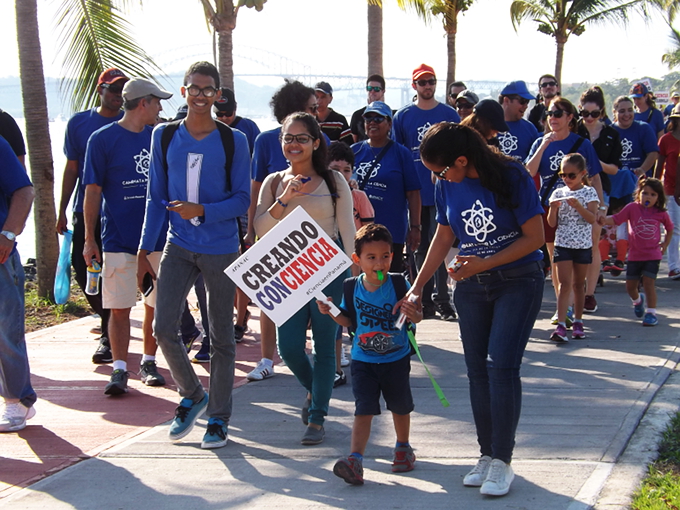
What? Your mama never told you? Science is cool…
photos and story by Eric Jackson
On Saturday, April 22 — Earth Day — some 300 or more people gathered first in smaller numbers for a day of activities at Panama City’s iconic BioMuseo and then for a march along the Amador Causeway to Punta Culebra. Such was the Panama version of the worldwide March for Science.
The march began as a movement in the United States, in reaction to the election of an anti-scientific president and congress by and large by people who believe that “alternative facts” convenient to them but which they are unable to prove are as true as those propositions for which there is solid, even in some cases incontrovertible, evidence. Among the powerful but unscientific beliefs the provoking the protest are notions of an inherent racial pecking order of superiority and inferiority, evolution as an elaborate anti-religious hoax, and above all that there is no climate change or if there is human activity has nothing to do with it. Here in Panama the scientific staff of the Smithsonian Tropical Research Institute (STRI), formally an autonomous US government entity, is indirectly but nevertheless really vulnerable to those sorts of politics. However, there are Panamanians who work in science and many public controversies here involve science or its negation, so there is a local panoply of issues, which mobilized a mostly Panamanian (even if very international) crowd to the event.
Panama does have physicians, teachers, cartographers, entomologists, vaccine researchers, environmental sleuths, computer scientists, meteorologists, ichthyologists and hydrologists among those who are trying to bring science to bear on public policies. At the moment the hot-button issue here is whether there should be sex education in the schools. But that, like most of the other controversies on the isthmus and in the USA tend to involve the assertions of those who believe that in public policy decisions their personal economic interests or their personal religious beliefs should count more than what can be shown by evidence.
There were a bunch of Smithsonian people present, but there was no formal contingent from the institution. The politics are and always have been dicey for a branch of the US government with an international staff operating in the sovereign Republic of Panama. This particular Panamanian administration was sympathetic enough to the cause to sponsor various Earth Day observances and have the Ministry of Environment, the Gorgas Memorial Institute and SENACYT participating in the March for Science activities. But there is a lot of anti-foreigner agitation by scandal-plagued politicians looking to distract public attention from their own sordid records en route to hoped-for reelection, and it can’t be automatically ruled out that on this date three years from now eminent scientists from all over the world will be denied visas to work at STRI on the theory that those jobs ought to be reserved for Panamanians. Panamanian government workers were there, but there were any Panamanian politicians working the crowd.
There were people from a number of environmental, social or political organizations or movements present, but most in their personal capacities. An exception to this trend was Panama’s chapter of the international Climate Change Lobby, which seeks to slow climate change by imposing fees for carbon emissions that cause people and institutions to change their behavior.
Did it change anybody’s mind? There were no counter-demonstrators, nor hostile reactions from people driving by. A number of drivers did signal their sympathy with their voices or their horns. But Panama is on the whole poorly educated and this makes it a daunting task to deliver the word to the four million or so people who were not there.
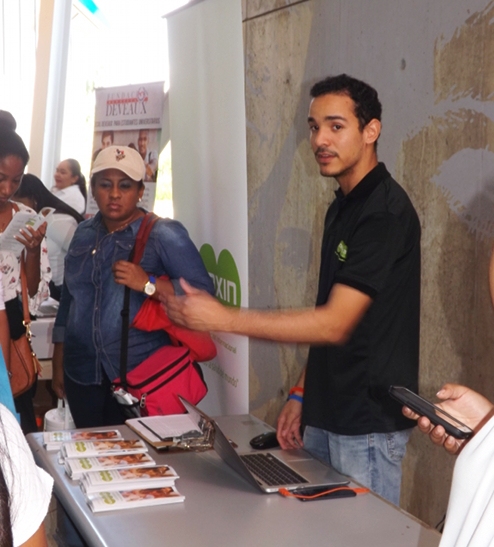
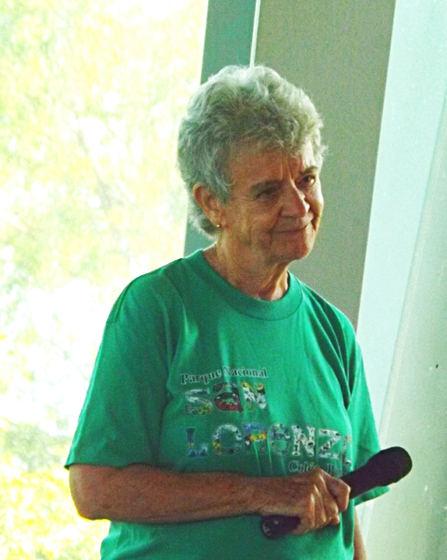
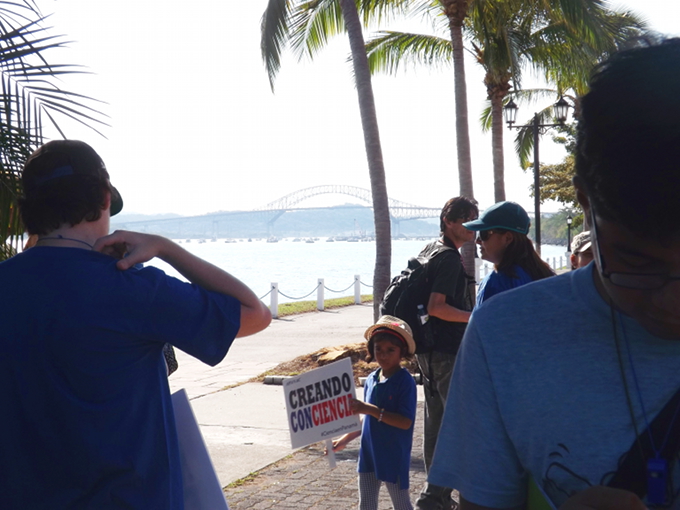
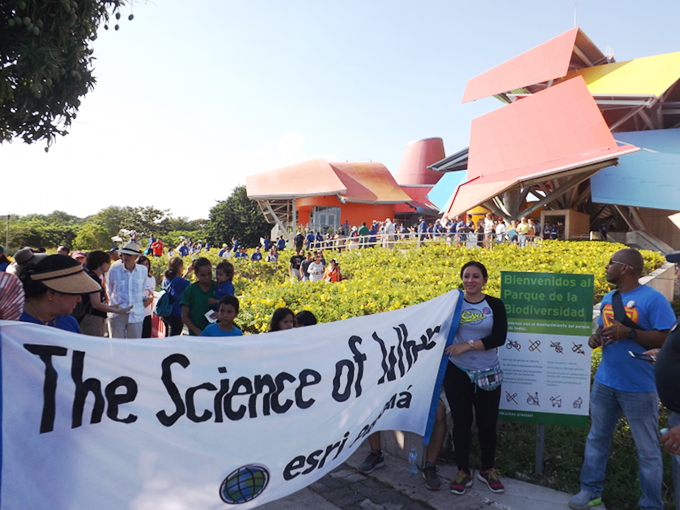
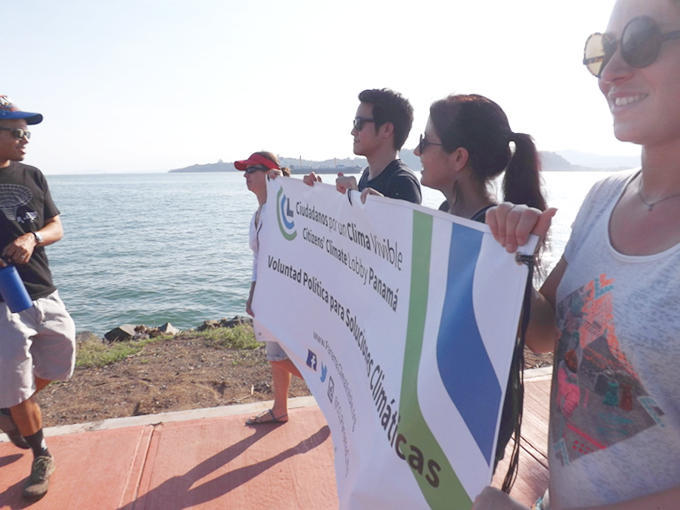
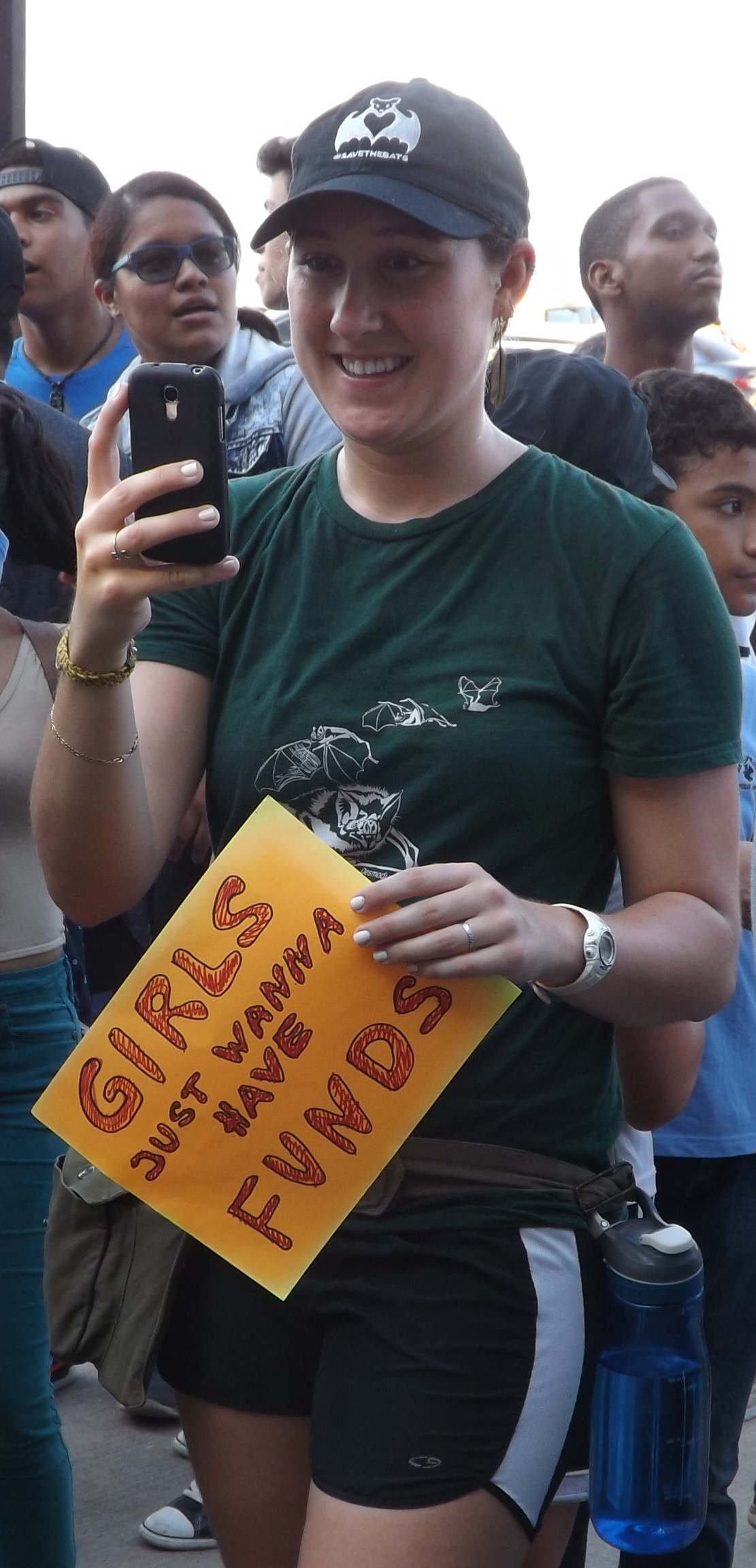
~ ~ ~
These announcements are interactive. Click on them for more information.










